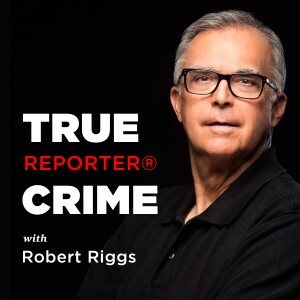
Solving The Toughest Cold Case Murders With Forensic Genetic Genealogy
 2023-05-08
2023-05-08
Download
Right click and do "save link as"
The Golden State Killer got away with 12 murders, 50 rapes, and more than 100 burglaries for over forty years before being caught.
DNA evidence from his crime scenes never matched DNA samples in the FBI’s CODIS databases because he had never been arrested for murder or rape.
Eventually, investigators uploaded the profile to genealogy sites and identified a relative on the killer’s family tree.
It led to the conviction of James DeAngelo, a 72-year-old former police officer.
I’m investigative reporter Robert Riggs from inside the crime scene tape reporting how DNA analysis, called Forensic Genetic Genealogy, also known as FGG, is solving cold cases once thought unsolvable.
You can learn more about the Golden State Killer case in my episode titled How Cold Case Investigator Paul Holes Unmasked The Golden State Killer, dated April 25th 2022.
In my second episode about Forensic DNA, Dr. Suzanne Bell, who served on the National Commission of Forensic Science (NCFS), returns with more insight on the subject.
She coauthored Understanding Forensic DNA and emphasizes that DNA does not solve cases by itself. DNA results are always part of an extensive investigation.
At the end of our interview, Dr. Bell also provides advice on how to get into forensic science. It’s attracting large numbers of women.
Here’s our discussion about forensic genetic genealogy.
FOLLOW the True Crime Reporter® Podcast
SIGN UP FOR my True Crime Newsletter
THANK YOU FOR THE FIVE-STAR REVIEWS ON APPLE Please leave one – it really helps.
TELL ME about a STORY OR SUBJECT that you want to hear more about
view more
More Episodes
01234567891011
Create your
podcast in
minutes
- Full-featured podcast site
- Unlimited storage and bandwidth
- Comprehensive podcast stats
- Distribute to Apple Podcasts, Spotify, and more
- Make money with your podcast
It is Free
- Privacy Policy
- Cookie Policy
- Terms of Use
- Consent Preferences
- Copyright © 2015-2024 Podbean.com





